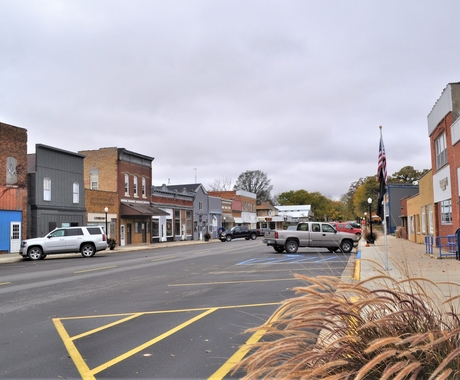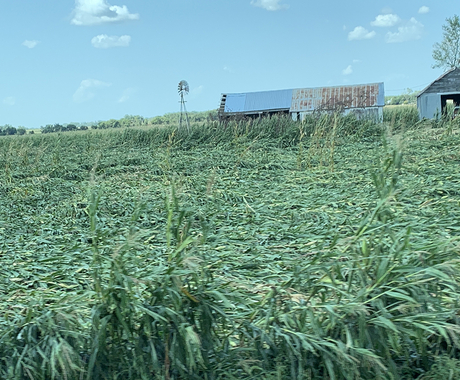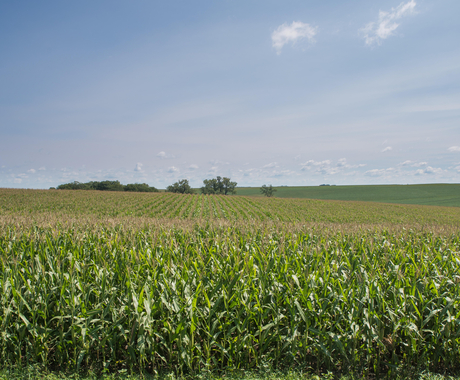Climate change presents a steep challenge for rural America. Fortunately, rural communities are full of people taking action to address climate change. We strive to support a strong sense of stewardship by advancing common-sense solutions to mitigate this global problem.
Rural, small town, and tribal communities are already experiencing the impacts of climate change, from increasing extreme weather events to changes in crop and livestock productivity. However, these communities are also a critical part of any potential solution. We work alongside rural Americans, small business owners, farmers and ranchers, and community leaders to advocate for measures that address climate change and create new opportunities in rural places.
As we work to reduce carbon emissions, we advocate for investments in renewable energy, more efficient use of energy in our daily lives, and agricultural practices that sequester carbon. Meanwhile, we assist in amplifying the voices of rural Americans so they are heard in state and national conversations about climate change.
Every day, rural Americans are having the difficult conversations and committing to do their part in addressing climate change. We’re proud to work alongside them.
Resources & Publications
For a complete list, please see the items listed at the bottom of this page.
Report
Fact sheets
- Building Climate Resiliency - Educators
- Building Climate Resiliency - Rural entrepreneurs
- Building Climate Resiliency - Homeowners
- Building Climate Resiliency - Farmers and landowners
Blogs
Click through this interactive map to read more about climate leaders and resources for building climate resiliency.





